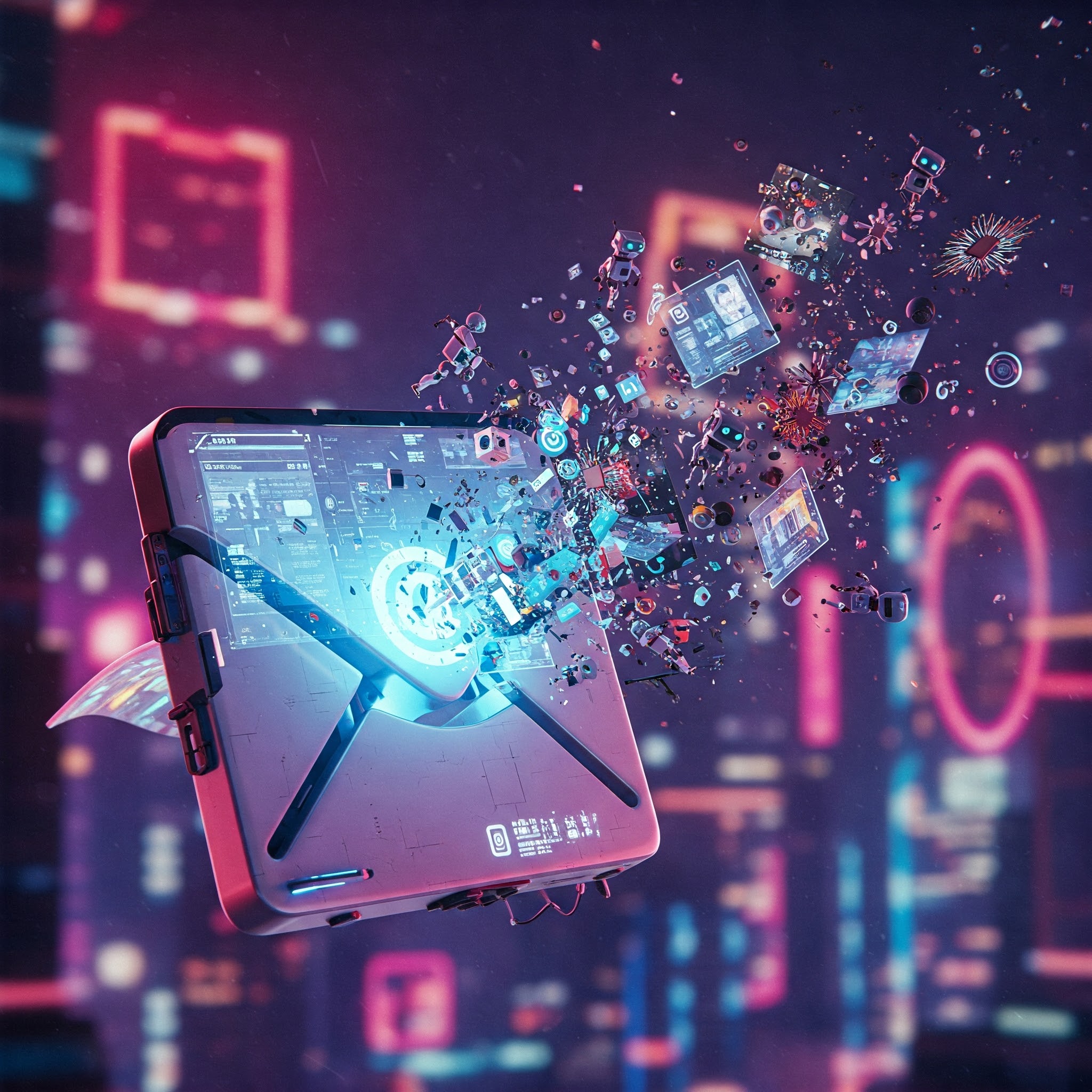AI is muscling its way into illustration. But is it friend or foe? Let’s dissect this brave new world of algorithms and artistry.
Ctrl+Alt+Generate: AI Enters the Chat
Tools like Midjourney, DALL-E, and Stable Diffusion are turning text prompts into visuals. Think of it as Photoshop’s ‘Content-Aware Fill’ on steroids – but instead of patching up a photo, it’s creating one from scratch. Feed the machine a description, and it spits out… something. Sometimes that ‘something’ is inspiring. Sometimes it’s terrifying. But always, it’s fast.
These AI image generators are trained on vast troves of images, learning styles and techniques like a digital sponge. The idea? To help artists explore concepts, not necessarily to replace them. Though, naturally, some artists are starting to sweat a little.
The Workflow: Human + Machine
The most promising approach isn’t Skynet taking over the canvas, but a hybrid model. Here’s how it shakes out:
- Tool Selection: From user-friendly platforms like DreamStudio and StarryAI to customizable open-source options, find the interface that clicks for you. Or makes you click the least.
- Prompt Engineering: Forget vague instructions. Precision is key. “A cyberpunk skyline at dusk with neon accents and dramatic shadows” beats “cityscape” any day. Think of it as ordering coffee: you wouldn’t just say ‘coffee’, would you? (Unless you enjoy surprises).
- Iterate and Refine: Generate variations, cherry-pick the best, and then bring in the human touch with traditional digital tools. AI provides the raw material; you’re the sculptor.
Real-World Scenarios (and Skirmishes)
Businesses are already deploying AI for rapid prototyping of scene backgrounds and character designs. Marketing teams are pumping out product illustrations faster than you can say “brand synergy.” Flower patterns? Child’s play for an AI.
But it’s not all sunshine and roses (AI-generated or otherwise). The legal and ethical landscape is, shall we say, developing.
The Elephant in the Algorithm: Ethics and Copyright
Here’s where it gets sticky. AI models are trained on massive datasets, often including copyrighted images. This has led to lawsuits and heated debates. Are these AI tools transformative, or are they glorified image copiers? The courts are still trying to figure that out.
Transparency in data sourcing and responsible use are paramount. We need to ensure AI serves as a tool that augments human creativity, not cannibalizes it. Ignorance is no defense when a lawyer is breathing down your neck.
The Verdict: Friend, Foe, or Frenemy?
AI in illustration isn’t a replacement for human artists. It’s a supplement. A turbocharger. A really, really advanced mood board. By combining AI-generated concepts with traditional digital editing, artists can unlock new levels of efficiency and explore previously unimaginable styles.
While the legal and ethical debates will continue, the trend is clear: AI is here to stay. So, embrace the chaos, experiment with the tools, and remember to read the fine print (and maybe consult a lawyer). The future of illustration might just be a collaboration between humans and the machines they create. Or, you know, the machines that create them.

